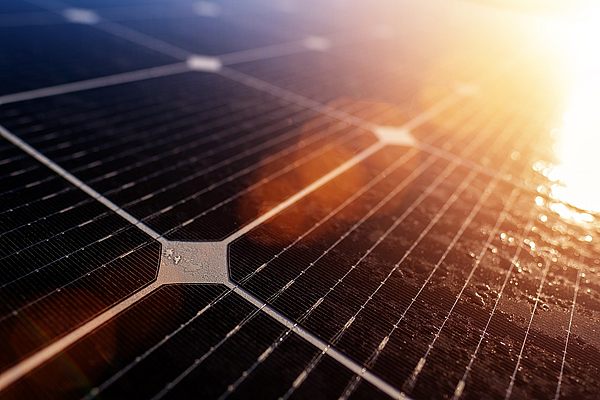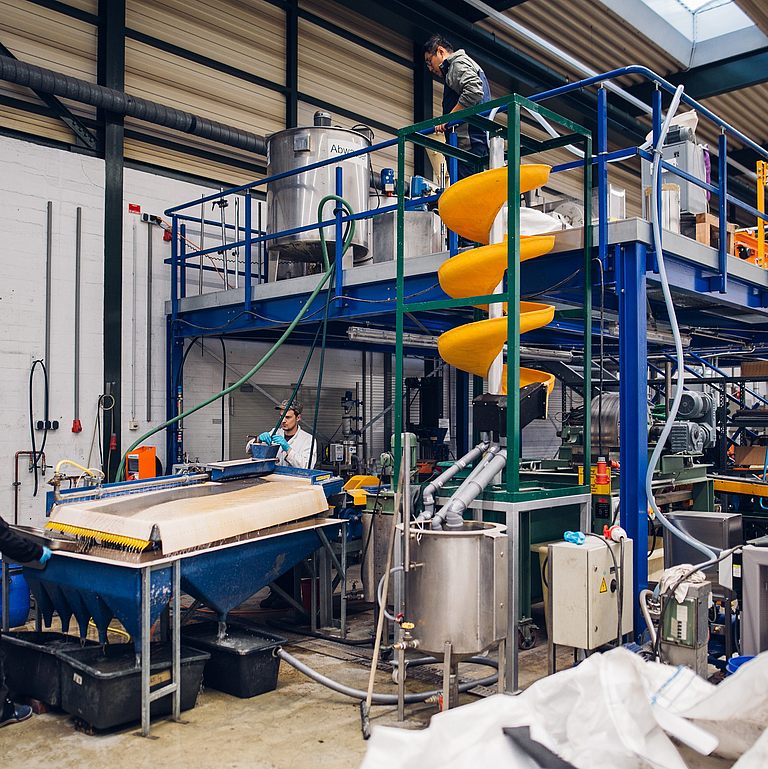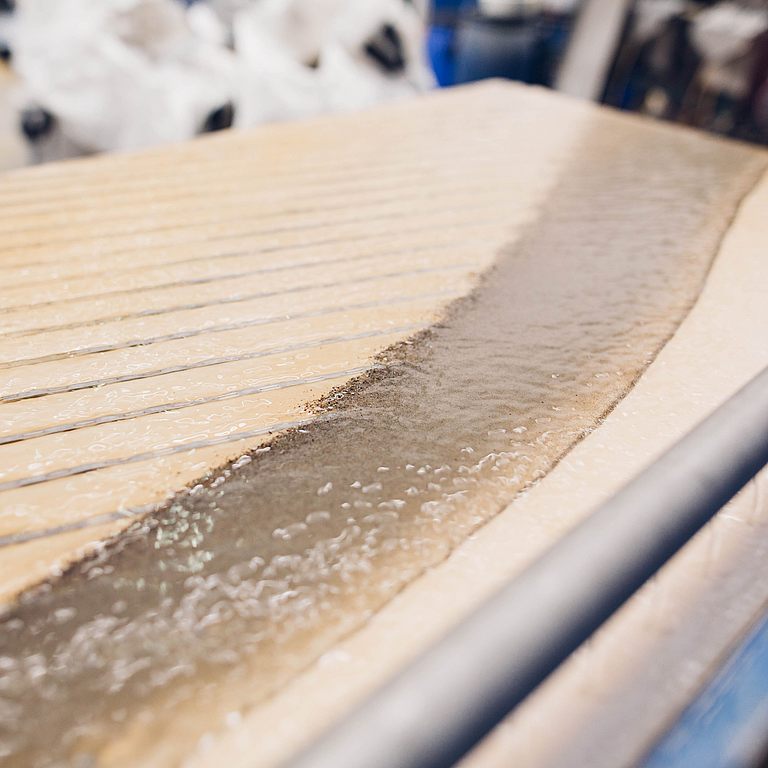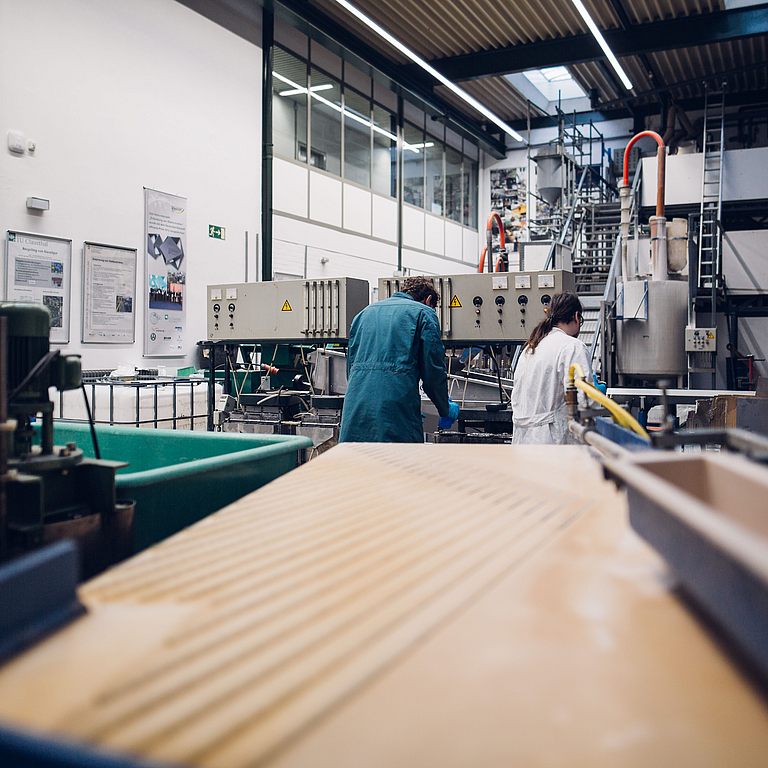NextGenPV

Photovoltaic (PV) technology will play a prominent role in a decarbonised and decentralised energy supply - worldwide and regionally in Lower Saxony. To date, the PV market has been dominated by silicon (Si) technology, which has only one absorber and is approaching its practical efficiency limit. The next-generation photovoltaic technologies currently under development combine two or more absorber materials in tandem or "multijunction" solar cells and thus make better use of the solar spectrum by reducing thermalisation losses. This opens up the possibility of increasing efficiency by 30 %rel to 50 %rel compared to the current status of "single absorber" technology. Only in recent years have two of the three prerequisites for such a tandem technology been met: on the one hand, the high efficiency potential hoped for at laboratory level has been demonstrated for new absorber materials with a suitable band gap, in particular metal halide perovskites (Pk), and on the other hand, the non-epitaxial manufacturing process can become cost-effective. There are intensive research endeavours in this area worldwide, which are also supported in Germany partly by the EU, partly by the federal government and partly by the states of Berlin, Baden-Württemberg and North Rhine-Westphalia at their respective locations. The third central prerequisite, sufficient long-term stability, is the subject of current research. In our sub-project, we are investigating the potential environmental impact in comparison to conventional technologies and the energy payback time as a parameter for the ecological and economic sustainability of the new PV generation.

Research assistant
Contact:
Phone:
E-mail: jan.feitkenhauer@tu-clausthal.de
Adress
Room: 214
Am Stollen 19A
38640 Goslar



